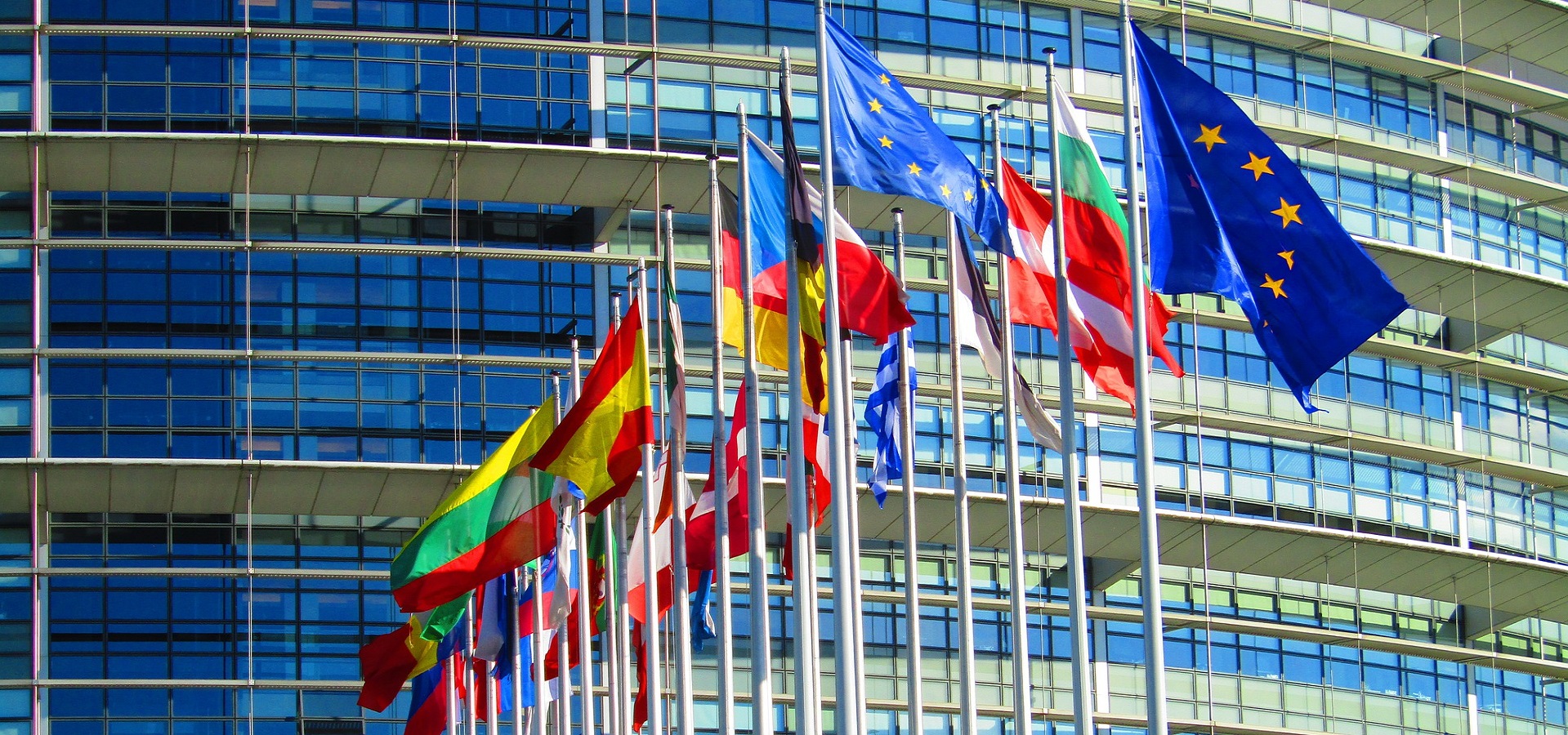But there’s fight-back from the old guard – in Chancellor Angela Merkel’s own party – as well as from Europe’s so-called ‘frugal four’: Austria, the Netherlands, Sweden and Denmark. Nevertheless, Merkel is going further than ever before in backing the European Green Deal, higher EU climate targets, and renewable energy across Europe. Paul Hockenos has the story.

Merkel and Macron support the European Green Deal. (Public Domain)
Given last year’s hemming and hawing over the details of the Green Deal, the EU’s plans for a big-ticket, green economic program, one would be legitimately sceptical that it would make a roaring comeback, of all times, during a crisis so sweeping and deep as the coronavirus pandemic. After all, during the financial crisis in 2009, the recovery packets of EU members went with no strings attached to their largest industries and the outcome was short-lived surges in those sectors and a whopping carbon footprint.
But today there are abundant signs that the climate crisis will not be left behind: last week the French president, Emmanuel Macron, and the German chancellor Angela Merkel, proposed a €500 billion recovery fund for struggling EU states. The program should have four pillars, one of which is environment, and the entire package should align with the European Green Deal, the extensive spending program to decarbonize the bloc’s economy that European Commission president Ursula von der Leyen announced last year — and then failed to convincingly drive forward.
“Now is the time to drive the modernisation of European economies and their business models,” said Macron and Merkel. “With this in mind, we reaffirm the European Green Deal as the new EU growth strategy and as a blueprint for a prosperous and resilient economy on the path to climate neutrality by 2050.”
Evidence that there’s more to the Macron-Merkel recovery package than empty words, it coincided with a flurry of upbeat climate protection measures, including German laws unblocking the solar and wind energy sectors, a higher carbon price (€25 a ton) in Germany, climate-friendly criteria for bailouts of national transportation sectors, and a new EU-wide biodiversity act.
Naturally, it makes all the sense in the world that recovery monies go toward future-oriented sectors and technologies rather than those of the post-war era. Now is a unique opportunity to do so, one that could fuel a modernization of Europe’s economy for decades to come. But Europe’s industrial lobbies are powerful, and nowhere more so than in Germany. For years German carmakers have torpedoed EU legislating that aimed at better emissions standards. Their chief spokesperson: Merkel. Yet, after dithering on climate for a decade, it appears that in her final year in office Merkel wants to polish up her climate legacy.
But Germany’s industrial lobby, and its vocal representatives in Merkel’s Christian Democratic party, is not the plan’s only opponent. Austria, the Netherlands, Sweden and Denmark call themselves ‘the frugal four’ for their economic conservatism and oppose the Macron-Merkel fund’s structure: namely that its financing will happen as grants and not loans, and the funds will be generated by EU borrowing on finical markets. In other words, it’s a form of debt mutualization that these countries, and until now Germany too, have long opposed. In order to pass the package, Germany and France have to get all of these countries on board.
Nevertheless, the rescue proposal is on the table and now must be filled with content. Ottmar Edenhofer, director of the Mercator Research Institute on Global Commons and Climate Change (MCC), says he’s “moderately optimistic” about the recent proclamations of allegiance to the Green Deal. “But we have to do more than jump start a broken car,” he says.
Edenhofer, who advises Merkel, insists that Europe’s markets have to be redesigned to steer investment into green businesses and new technology over decades. Critically, he says that markets must reflect the cost of CO2 emissions so that investments automatically flow into sectors and technologies that are low carbon. Currently, not only is the EU’s per ton price of carbon too low, says Edenhofer, but it fails to cover the transportation, building, heating and other sectors.
“The money’s there now and so is the will to finance sustainably,” Edenhofer says, “what’s lacking is the pricing mechanisms to make it happen.” He points to the high, comprehensive emissions taxes in Sweden and the Netherlands as best cases to emulate. Until such carbon pricing schemes are in place, which won’t happen overnight, he admits, he recommends establishing an EU fund that offers low or even negative interest loans for low-carbon investments and financing.
“One of the top priorities,” says Toby Couture of E3 Analytics, an independent Berlin-based consultancy, “is to avoid the mistakes of 2009 stimulus packages. At the time, only an estimated 12% of Germany’s stimulus funding went to green initiatives. Contrast that with roughly 70% in countries like South Korea,” he says.
“There are lots of excellent ideas floating about,” says Couture, noting smart cities designs, accelerated exits from coal, and investment subsidies for homeowners switching to low-carbon heating systems. “There’s an openness to do things differently this time around. If ever the soil was ripe for planting seeds of change, this is it. Let’s hope the EU uses it,” he says.